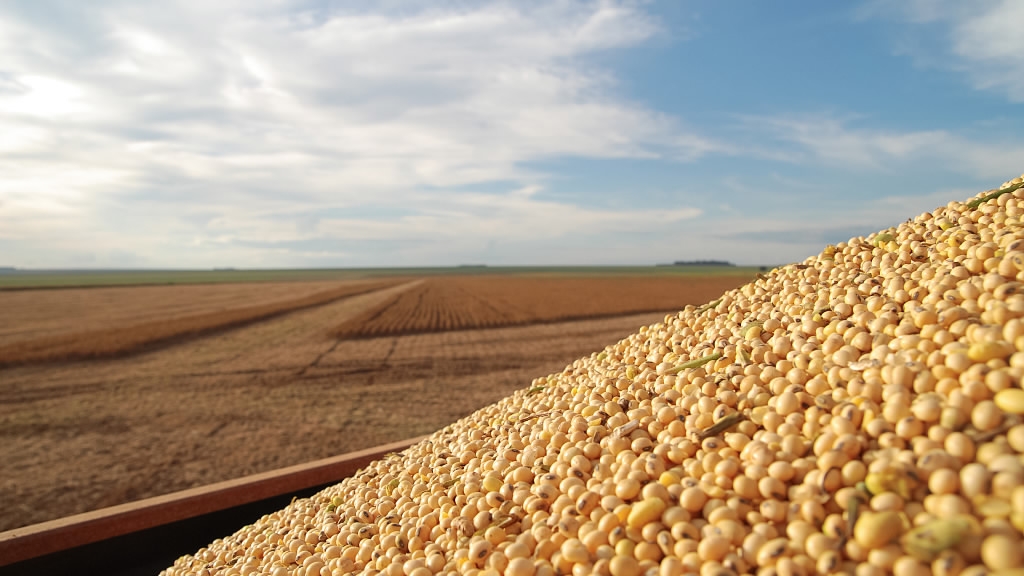
Tech & Sci
12:27, 06-Jan-2018
Study says lightening up soybean leaves may increase food supply

A new university-led study has shown that lightening the color of soybean leaves may boost the growth and yield of this major world food crop.
The finding may offer a strategy to help address Earth's future food needs, said the US National Aeronautics and Space Administration (NASA)'s Jet Propulsion Laboratory (JPL).
Led by Donald Ort of the University of Illinois and research scientist Berkley Walker of the University of Dusseldorf, Germany, a research team combined detailed field measurements of nearly 70 varieties of soybeans with MLCan, a sophisticated model of the above-ground portion of soybean plants.
The model, developed by co-author Darren Drewry, acts as a synthetic field laboratory, allowing scientists to perform experiments that would require extensive field trials and vast resources if done using actual plants.
"Our study demonstrates that soybean fields can have reduced chlorophyll while still maintaining high levels of photosynthesis," Drewry of JPL was quoted as saying in a news release.
Researchers set out to examine how variations in the amount of chlorophyll, the key pigment used to capture light for photosynthesis, could provide new avenues for enhancing photosynthesis.
According to the new finding, detailed in a paper published recently in the journal Plant Physiology, this is a key step toward increasing crop yields to help meet the world's growing food requirements.
The team used soybean variants with lighter green leaves than those typically planted for food production and found that reducing chlorophyll by 20 percent conserved 9 percent of the plant's use of nitrogen, a major component of chlorophyll, without reducing the plant canopy's photosynthesis rate, according to JPL.
Researchers believe that over time, it might be possible to breed plants that would apply this extra nitrogen to growing more beans.
"This study was a crucial step in the process to increase food production," Ort said. "The next step is to figure out where to redirect that conserved nitrogen."
The study, supported by the Bill and Melinda Gates Foundation, JPL, and the Alexander von Humboldt Foundation, may pave the way for future studies to determine how nitrogen can be better distributed for a more efficient plant.
Source(s): Xinhua News Agency

SITEMAP
Copyright © 2018 CGTN. Beijing ICP prepared NO.16065310-3
Copyright © 2018 CGTN. Beijing ICP prepared NO.16065310-3